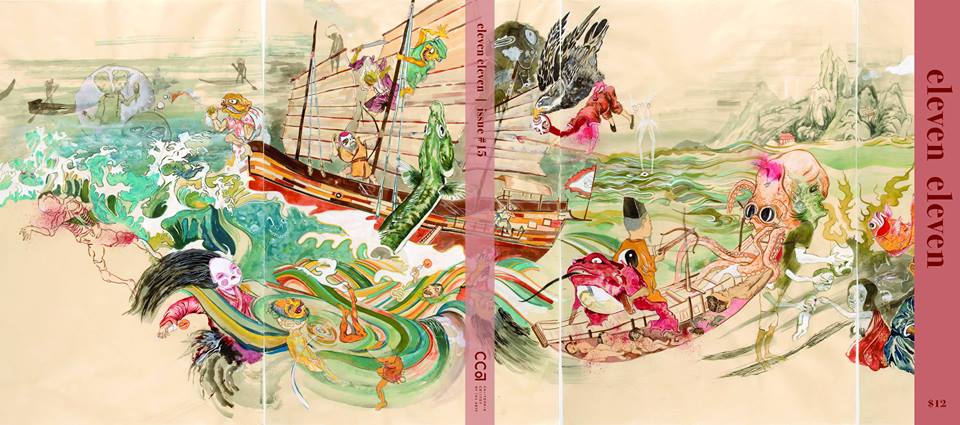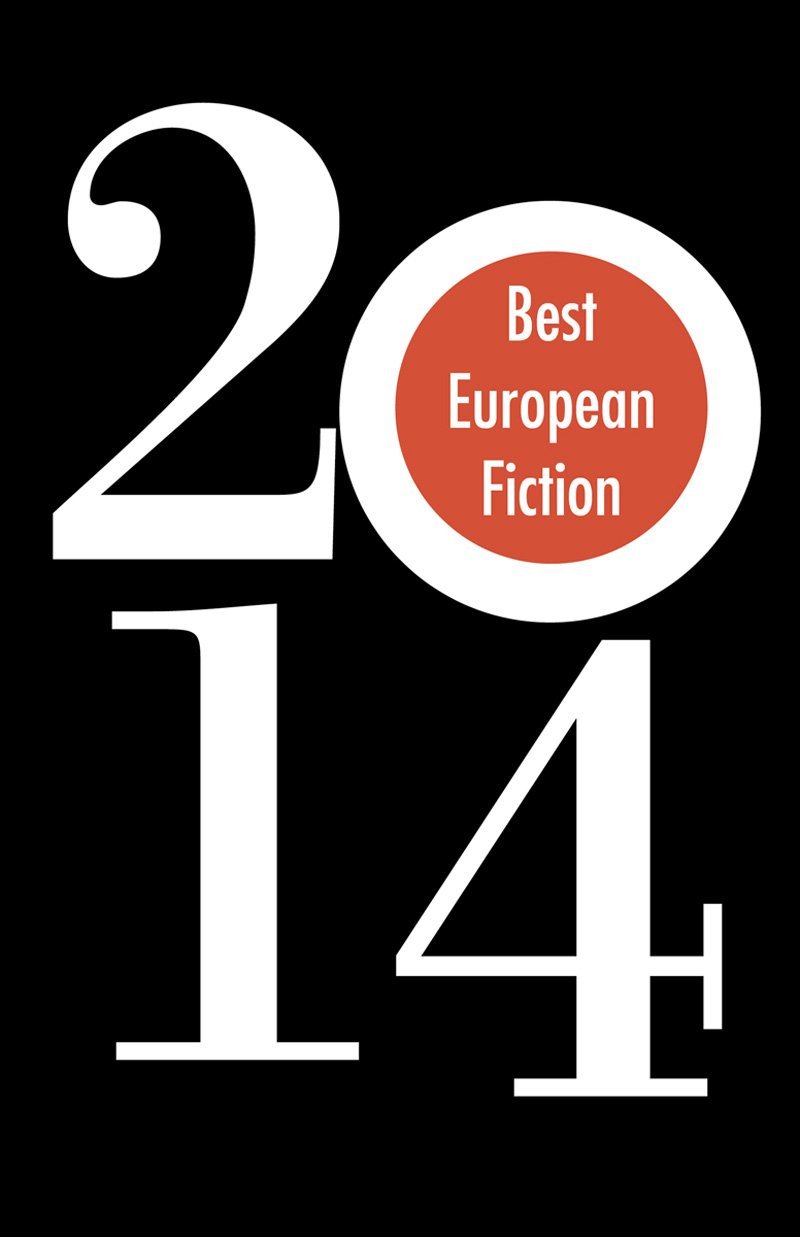Belgian fabulist Thierry Horguelin’s story “The Man in the Yellow Parka” has been crowned with two U.S. publications, in the latest issue of Eleven Eleven (#15) and Dalkey Archive’s Best European Fiction 2014, edited by Drago JanÄar. Both are available now!
Horguelin’s work was first (and last) seen in English in Birkensnake #4. “The Man in the Yellow Parka†is from his 2009 collection The Endless Night published by Quebec’s L’Oie de Cravan press, and winner of the Franz de Wever prize for best collection from the Belgian Royal Academy. “Parka” is a very contemporary fantastical puzzler of alternate realities, obsessive TV fandom, and the hazards of the images that keep us all enthralled. Here’s an excerpt:
It’s strange to watch a film or series while focusing on the backgrounds and edges of the frame. You develop a curious attentional walleye, and realize that most of the time you don’t really watch movies. On one hand, you keep following the unfolding plot despite yourself. You register names, facts; you sense a twist coming up; you figure out who’s guilty. On the other, you find that even the most conventional fiction is full of bizarre, surprising, incongruous, or simply poignant details, sometimes deliberately arranged by the director—whose reasons aren’t always clear—sometimes recorded unbeknownst to him by the camera, like the short-haired girl in Intimidation: fleeting, fragile moments, gestures all the more precious for being involuntary, forever imprisoned in the frame… Aren’t these, at heart, our most secret reason for loving movies? I noticed several such details in Simple Cops. Monica, the pretty precinct receptionist, had an inexhaustible collection of sweaters. She wore a new one every episode. Thaddeus, Bauer, and Mentell were all left-handed—three lefties on the same show? And what to make of the excessive proliferation of watches, wall clocks, clock radios, sometimes shot in close-up when suspense demanded it, but more often in the background or the edges of the frame, like a furtive, barely hinted obsession? And how to take all that graffiti in the form of cries for help—“Help!â€, “Get me out of this!â€â€”which showed up at regular intervals in exterior shots, spraypainted on walls or scribbled hastily in phone booths?
Horguelin runs an interesting blog, Locus Solus: check it out!

